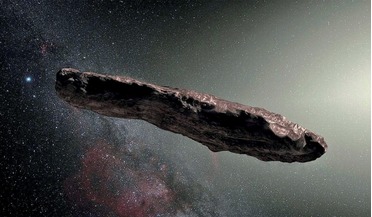 June 2018
Cosmic communications and the anthropology of outer space
June 2018
Cosmic communications and the anthropology of outer space
..., could be heard and interpreted by alien ‘ears’ aeons in the future. The discs are imbued with the potential, if not the promise, for culture contact. As Voyagers 1 and 2 swing away from the Sun at over 35,000 mph, they act as connective webs...
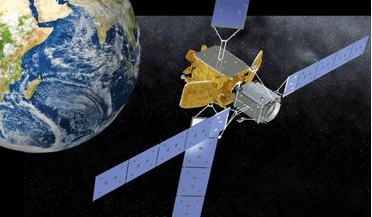 September 2019
Extending the life of geostationary orbit satellites
September 2019
Extending the life of geostationary orbit satellites
...especially favourable orbit for satellite communications, because satellites in GEO appear from the ground to be stationary. However, gravitational forces exerted by the Sun and Moon cause their orbits to change and they must continually apply thrust...
 February 2020
Debunking the myths on space patents
February 2020
Debunking the myths on space patents
... reusable rockets to suborbital planes, and even convertible cars orbiting the sun near Mars. However, for some companies with business models based on radical technology, the situation has become difficult in recent months; for example, companies...
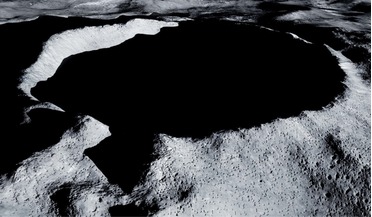 May 2020
Protecting areas of scientific importance on the Moon
May 2020
Protecting areas of scientific importance on the Moon
... lunar surface - is a potentially valuable isotope of helium that could be used in future fusion reactors. As the PSRs are shaded from the Sun, the surface material or ‘regolith’ is expected to contain less helium-3 than more exposed regions, which...
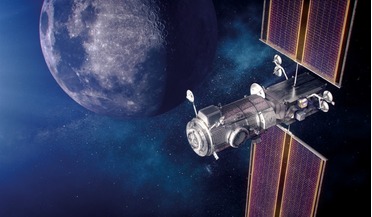 October 2020
Is NASA’s Artemis Accords agreement Moon-proof?
October 2020
Is NASA’s Artemis Accords agreement Moon-proof?
... like NASA could come up with, Artemis stands for ‘Acceleration, Reconnection, Turbulence, and Electrodynamics of the Moon’s Interaction with the Sun’. NASA’s objective is to herald in a new era for space exploration and utilisation and, while...
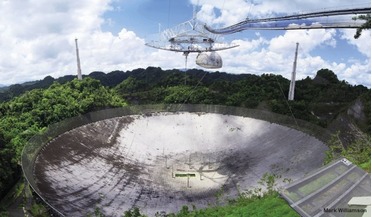 July 2021
Arecibo - an astounding legacy
July 2021
Arecibo - an astounding legacy
... and radar discoveries from the early years included the rotation rate of the planet Mercury and the period of the Crab pulsar, a rotating neutron star. Before Arecibo, Mercury was thought to be tidally locked to the Sun, with orbital and rotational...